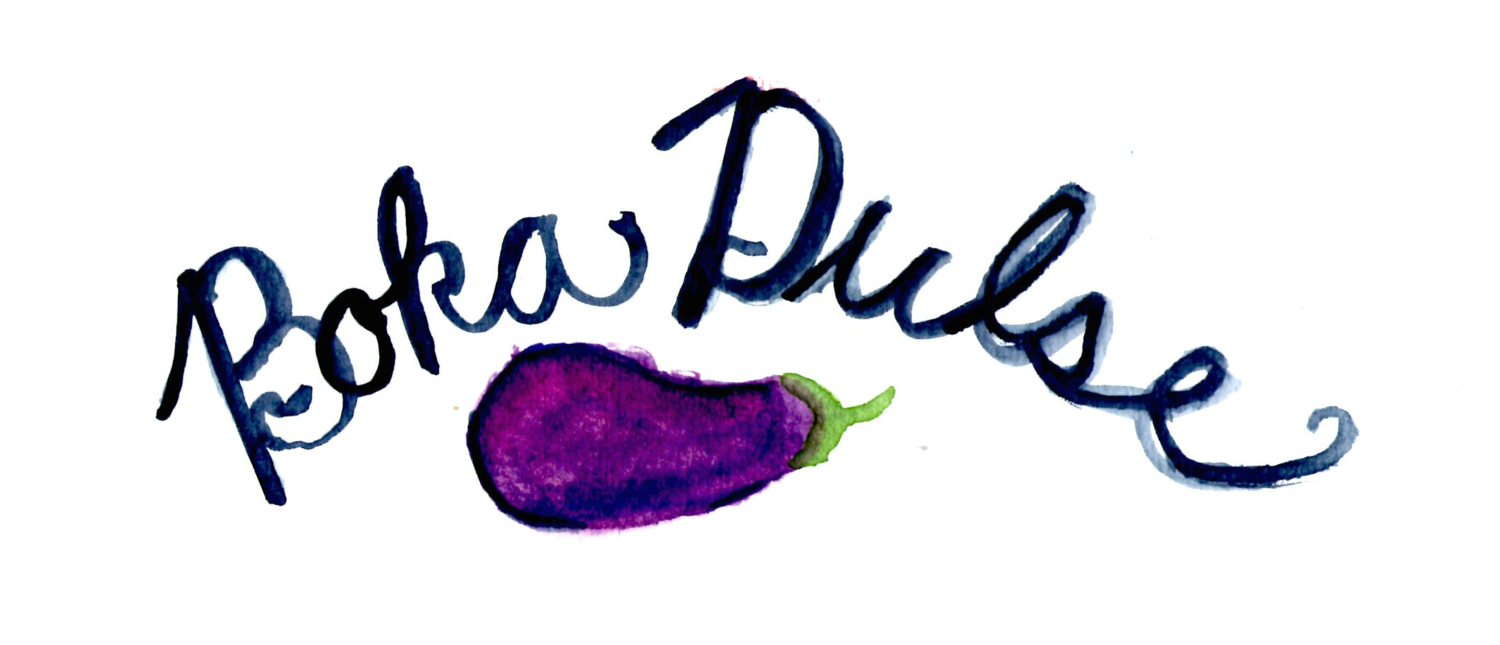Today was unbearably hot in Lisbon. So I, like any totally normal person (right? Right?) went to the library. And spending the majority of my day in the air conditioned stacks or, well, really the air conditioned reading room, I finally had a research breakthrough today! Unlike my blogpost on Wednesday, in which I wrote about the frustrations and challenges of working in the archive, today I was actually able to see a document up close and personal (huzzah!). I know I will sound like the biggest nerd on the planet when I say this, but there is truly nothing like seeing a historical document/manuscript/image up close – the experience is so essential to research, because it always acts as a reminder that these inanimate objects stored in the stacks were once living, breathing objects that were held, used, and formed part of the intimate lives of people before us. Despite the struggles of archival work – not least of all the particularly frustrating gatekeeping of the archive here in Portugal (a rant for another time) – it is these moments of experiencing this aliveness of the documents that make it all worth it.
And when it came to the document I saw today – the Bernard Picart print I discussed in yesterday’s post – it really made all the difference. I plan on writing more about the food in this print in a following post, but because it’s a bit late here I just want to highlight through some comparative images the drastic difference between the digitized image that was available to me through the online catalogue of the Biblioteca Nacional and the real-life document, up close and personal with images taken on my Iphone.
As a reminder, the original print digitized at the Biblioteca Nacional.
A screenshot from the digitized — begs the question: what is he reaching into?
A screenshot of the silver cupboard behind the diners.
The image I took of the print on my Iphone today at the BNP.
The same section, from my own photos, showing that this figure seems to be grabbing wine bottles from a barrel filled with water.
A much more clearly luminous silver display in my own image of the print.
I hope it translates over the internet, but I was truly astounded by the difference between the two versions. To me, looking at Picart’s print in real life, it was so much more luminous — as if the image itself glowed. It allowed me to not only pick up on many more food-related details that I will explain soon, but to also appreciate Picart’s artistry: between the lines of his cross-hatching I could feel the glow of the candles gently illuminating the room of the family as they broke their matsa and passed it around the table. I hope you can see the difference too – and I’d love to hear your impressions of the image, if so! Feel free to leave a comment below or send me a message with what you think of this print, whether you see the difference, if you think it matters, or any other impression you have upon a first look at these photos. For now, I’m off to bed – boa noite!
PS — thanks to a note from my beloved friend and advisor Gloria Ascher, I have changed the spelling of the word from “matzo” to “matsa” to reflect more authentically the Sephardic context of my subject. Mersi muncho (thank you), Gloria, for your comment!






